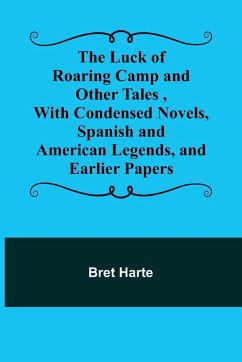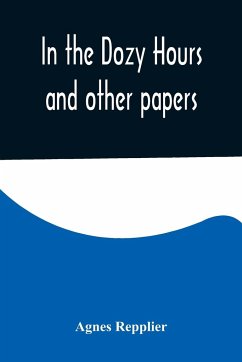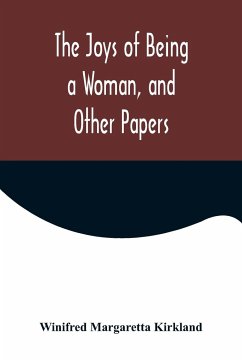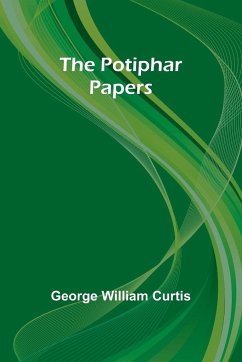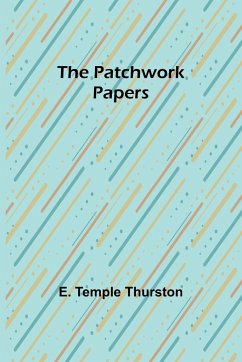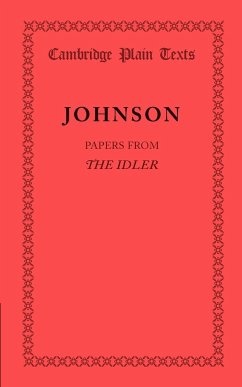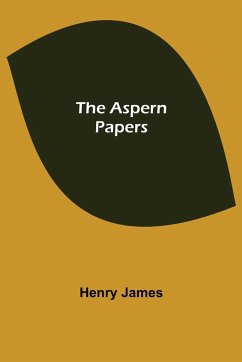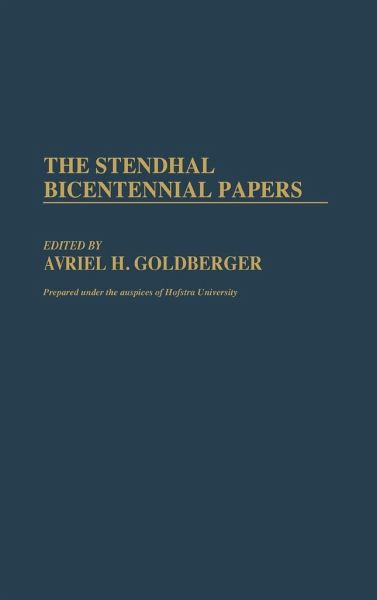
The Stendhal Bicentennial Papers
Versandkostenfrei!
Versandfertig in 1-2 Wochen
70,99 €
inkl. MwSt.

PAYBACK Punkte
35 °P sammeln!
This valuable compilation of articles offers original, historical, biographical and literary perspectives on the works of Stendhal. Eleven essays plunge the reader into Stendhal's mythological universe, providing new insights into the network of symbols, images and obsessional themes that run through his works. This multi-faceted collection examines Stendhal as the problematic subject for a biography, as autobiographer in his own right, as journalist, novelist, and innovator in the realm of fictional devices, and as the great representative of that literature of ideas first acclaimed by Balzac...
This valuable compilation of articles offers original, historical, biographical and literary perspectives on the works of Stendhal. Eleven essays plunge the reader into Stendhal's mythological universe, providing new insights into the network of symbols, images and obsessional themes that run through his works. This multi-faceted collection examines Stendhal as the problematic subject for a biography, as autobiographer in his own right, as journalist, novelist, and innovator in the realm of fictional devices, and as the great representative of that literature of ideas first acclaimed by Balzac. Topics addressed include the writer's own enigmatic persona, his autobiographical writings, his encounter with George Sand, and his journalistic career in Italy, as well as the structure imposed on his novels by an Oedipal conflict he himself perceives in pre-Freudian terms, his experiments with multiple narrative point of view, and a feminist perspective on his use of the epistolary form as a device to enhance the plot.



